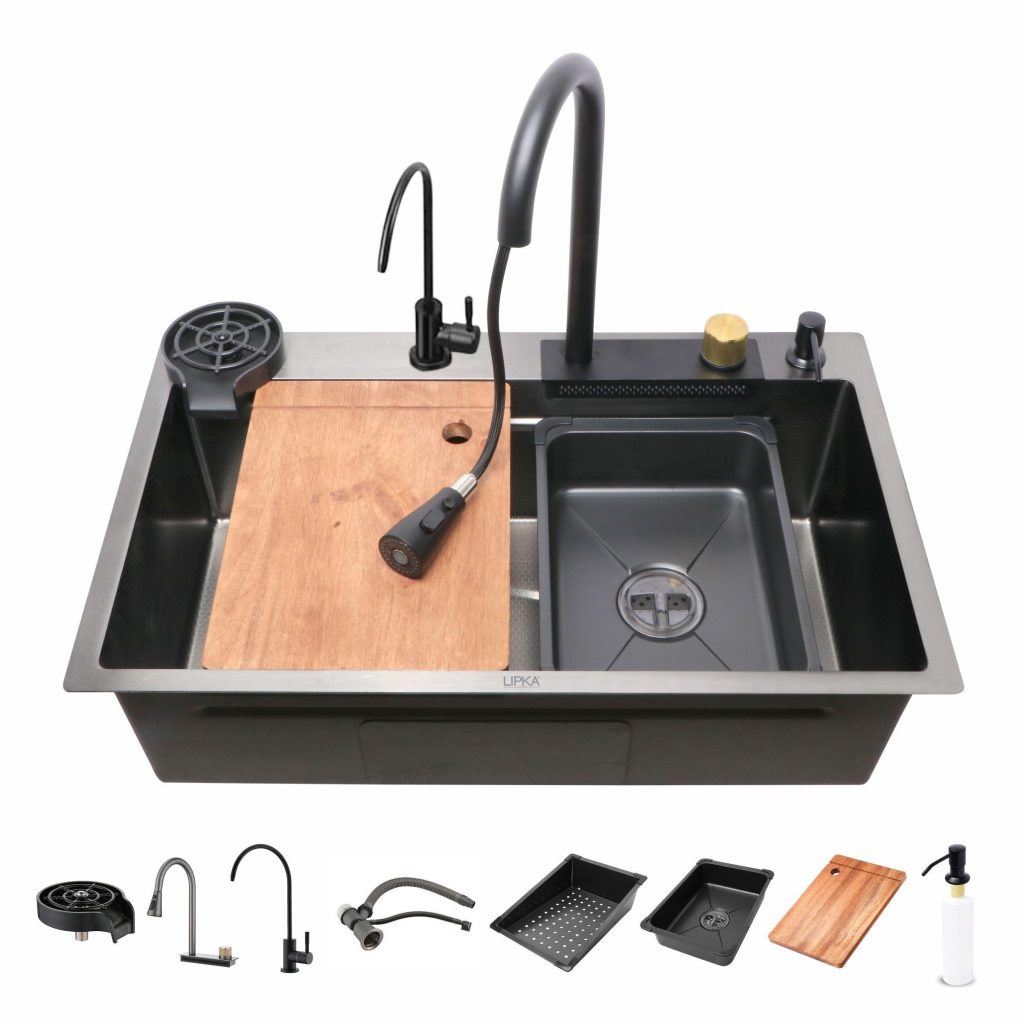Introduction: The Age-Old Conundrum
Does It Really Rise or Sink? – In 2024 the realm of physics, few principles are as widely misunderstood yet fundamentally crucial as the behavior of hot air. The notion that hot air rises while cold air sinks is a cornerstone of our understanding of atmospheric dynamics, influencing everything from weather patterns to the design of heating systems. However, this seemingly straightforward concept often elicits confusion and prompts deeper inquiry into the underlying mechanisms at play. Does hot air genuinely rise, or is it merely an oversimplification of complex thermodynamic processes? This article delves into the intricacies of hot air science, unraveling the truth behind its seemingly paradoxical behavior.

Temperature and Density: The Driving Force
At the heart of the matter lies the relationship between temperature and density. All gases, including the mixture we call air, consist of molecules in constant motion. As these molecules absorb heat energy, they gain kinetic energy and move faster, colliding more vigorously with one another and with their surroundings. This increased activity leads to a subtle expansion of the gas volume, causing its density to decrease. Consequently, a pocket of hot air becomes less dense than the surrounding cooler air.
The principle of buoyancy, first elucidated by Archimedes, explains why objects float or sink in fluids. It applies equally well to gases; a less dense fluid (in this case, hot air) will naturally rise through a denser one (cool air), just as a cork floats on water. Thus, when we say hot air rises, what we really mean is that it is displaced upwards by the greater pressure exerted by the denser, cooler air beneath it.
Convection: Nature’s Heat Engine
To fully grasp the dynamics of hot air, we must consider convection, nature’s preferred method of heat transfer in fluids. When a surface heats the air above it, the resulting hot air pocket, being less dense, begins to ascend. As it does, cooler, denser air from above or旁边 rushes in to replace it, creating a cycle of circulating air known as a convection current. This process plays out on scales ranging from the gentle currents rising from a radiator to the towering cumulus clouds that signal an approaching thunderstorm.
In meteorology, convection drives the formation of weather phenomena such as thermals, which glider pilots exploit for lift, and plays a pivotal role in severe weather events like tornadoes and hurricanes. The Earth’s uneven heating, which causes temperature gradients across its surface, fuels a global conveyor belt of rising and sinking air masses.
shaping our planet’s climate zones.
Misconceptions Debunked: Hot Air Neither Rises Nor Sinks on Its Own
A common misinterpretation of the phrase “hot air rises” suggests that hot air has an inherent upward force propelling it skyward. In reality, hot air doesn’t possess an independent lifting power but rather responds to the external forces exerted upon it by the surrounding atmosphere. It is the surrounding cooler, denser air that pushes the lighter hot air up, not any magical property within the hot air itself.
Furthermore, under specific conditions, hot air can indeed appear to sink. In stable atmospheric layers where a temperature inversion occurs—where the air temperature increases with altitude instead of decreasing—the warmer air above can suppress the natural tendency for hot air to rise. This can lead to poor air quality in valleys as pollutants become trapped beneath this inverted layer.

Applications Across Disciplines: From Balloons to Building Design
Understanding the principles governing hot air has far-reaching implications beyond academic curiosity. Hot air balloons利用 this knowledge to achieve flight, with the heated air inside the balloon becoming less dense than the surrounding air, causing the balloon to rise. Similarly, architects employ passive solar design strategies, exploiting the natural tendency of hot air to rise to ventilate buildings and reduce cooling costs during warmer months.
In industrial applications, convection ovens utilize circulating hot air to cook food more evenly and efficiently than traditional radiant heat methods. Even in environmental engineering, the principles of hot air movement inform strategies for smokestack design, ensuring pollutants are effectively dispersed into higher atmospheric levels where they can be more readily dissipated.
Innovations in Renewable Energy: Harnessing Convective Power
Beyond everyday applications, the principles of hot air convection have inspired innovations in renewable energy technologies. One such concept is solar chimney power plants, which leverage the natural convection currents to generate electricity. These plants consist of a large circular greenhouse-like structure that traps and heats the air beneath it. As the air warms up, it rises within a central chimney, driving turbines at the base to produce electricity. This simple yet ingenious design turns the sun’s energy into a continuous flow of power, demonstrating how an understanding of fundamental scientific principles can be harnessed for sustainable development.

Buoyancy and Convection
- Buoyancy Principle:
- Buoyancy is the force that causes objects to float in a fluid or rise when submerged. In the context of air, buoyancy is determined by the density difference between the hot air and the surrounding cooler air.
- Hot air has lower density because its molecules are more spread out due to increased kinetic energy from higher temperature.
- Convection Currents:
- Convection is the transfer of heat through the movement of fluids (liquids or gases). When a fluid is heated, it expands, becomes less dense, and rises. Cooler fluid then moves in to replace the heated fluid, completing the convection cycle.
- In the atmosphere, convection plays a critical role in weather patterns, cloud formation, and the distribution of heat globally.
Hot Air in Different Environments
- Atmospheric Conditions:
- During the day, the sun heats the Earth’s surface, warming the air directly above it. This warm air, being less dense than the surrounding cooler air, rises.
- This process, known as thermal convection, creates thermals that are crucial for the formation of clouds, thunderstorms, and other weather phenomena.
- Indoor Environments:
- In enclosed spaces, such as homes or buildings, the behavior of hot air is influenced by factors like heating systems, ventilation, and insulation.
- Hot air rises naturally due to buoyancy, which is why in multi-story buildings, upper floors are typically warmer than lower floors during heating seasons.
Engineering Applications – does hot air rise or sink
- Heating Systems:
- Heating systems exploit the natural tendency of hot air to rise. Radiators and heaters are typically placed low in rooms to heat the cooler air near the floor, which then rises, circulating heat throughout the room.
- Ventilation and Air Conditioning:
- Understanding the movement of hot air is crucial in designing effective ventilation and air conditioning systems. Warm air rises to vents, where it can be removed or recirculated depending on the system’s design.
Scientific Experiments and Observations – does hot air rise or sink
- Hot Air Balloons:
- Hot air balloons operate on the principle that hot air inside the balloon is less dense than the cooler air outside. By heating the air inside the balloon, it becomes buoyant and rises, carrying the balloon and its payload upwards.
- Laboratory Studies:
- In controlled experiments, scientists observe the behavior of hot and cold air masses to understand their movement patterns and how they interact with different surfaces and boundaries.

Climate Change and Atmospheric Dynamics
In the context of climate change, the dynamics of hot air and convection play a critical role in understanding and predicting global weather patterns. Warmer oceans and land surfaces lead to more vigorous convection currents, fueling stronger storms, heavier precipitation, and potentially altering established climate zones. Understanding and modeling these complex systems is paramount for developing effective adaptation and mitigation strategies.
Aerospace Engineering: The Role of Thermal Dynamics
In aerospace engineering, managing thermal dynamics, particularly the behavior of hot gases, is crucial for spacecraft propulsion and re-entry systems. Rockets, for example, rely on the controlled combustion of fuel to generate high-temperature, high-speed exhaust gases. These gases, following the principles of hot air rising, provide the thrust necessary for lift-off and orbital insertion. Conversely, during re-entry, spacecraft encounter extreme temperatures due to friction with the Earth’s atmosphere, requiring advanced heat shield technologies that exploit convective cooling to protect the craft and its occupants.

Conclusion: A Deeper Understanding of a Simple Truth
The question of whether hot air rises or sinks is, at its core, a probe into the fundamental interactions between temperature, density, and fluid dynamics. While the adage that hot air rises succinctly captures the essence of these processes, a nuanced exploration reveals the intricate dance of forces at play. From driving global weather patterns to enabling human flight, the behavior of hot air underscores the profound impact of thermodynamics on our world. By dispelling misconceptions and embracing a comprehensive understanding of these principles, we can harness the power of hot air for innovation and sustainability across countless disciplines.

